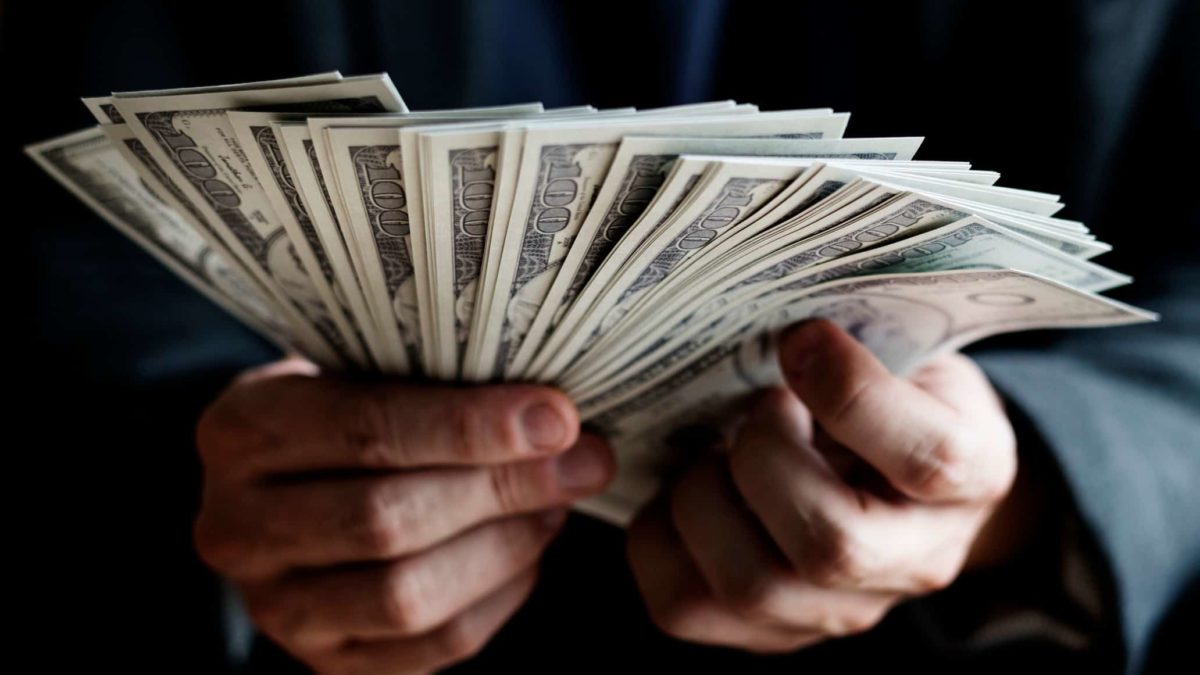One of the first questions you will probably be asked right after telling a fellow investor about the yield of an ASX dividend share will be: 'is it fully franked?'
Australia has an almost unique system of treating dividends for tax purposes known as 'imputation' or franking. Franking can be difficult to wrap your head around, but it is also enormously advantageous for a dividend investor.
Therefore, if you invest for dividend income or even just happen to own dividend-paying shares, an understanding of how franking works is essential.
An introduction to fully franked dividends
Unlike most other advanced economies, the Australian Taxation Office (ATO) recognises that dividends are post-tax income.
Let me explain. Most forms of income you can receive are treated as fully taxable by the ATO. That's everything from wages and salaries to rent from property and interest from savings and loans. But dividends are a little different, and in Australia, they are treated as such.
See, when a company pays a dividend, the money that funds those dividends comes from the company's profit. In Australia, when a company makes a profit, it must first pay tax (corporate tax) on that money before anything else (including paying a dividend).
As such, the dividends you receive have technically already been taxed once at the corporate level. In other countries (such as the United States), this isn't recognised. Thus, the recipient of a dividend will have to treat the said dividend as ordinary income for tax purposes and the dividend will effectively be taxed twice.
A uniquely Australian system
But here in Australia, we have the franking system to counter this perceived injustice. Thus, if a company pays a dividend from a taxed profit pool, the dividends will come with a receipt of the tax paid. This receipt is known as an imputation or franking credit. This credit allows the receiver of the dividend to deduct the tax already paid from their own taxable income. This ensures the dividends are only 'taxed once'.
Not all dividends come with franking though. If a company makes money from overseas (and pays tax overseas), it cannot attach franking credits to any dividends coming from these profits. Likewise if the company pays no tax in the first place. Companies can legally use tax credits from previous losses to avoid paying tax in a given year. If this situation arises, there is no tax paid and therefore no franking available. And some ASX shares don't even have to pay corporate tax under special arrangements. These include ASX REITs (real estate investment trusts), for example. Thus, any dividend that these companies pay also don't come franked.
How much is a franked dividend worth?
A franked dividend comes with 2 benefits for a recipient: the cash itself and the franking tax credit. Say an income investor owns a share priced at $100 and giving out an annual dividend of $5 per share. That would give said shares a yield of 5% if the dividends are unfranked. But if the share comes fully franked, the investor is given $5 per share along with a franking credit. If it's fully franked (coming from a fully-taxed pool of profits), then the investor will receive a $5 per share dividend, along with a franking credit of $2.14. That gives the shares a total (or grossed-up) yield of 7.14%.
The $2.14 franking credit comes from the company paying the full 30% corporate tax rate on $5. This involves the company paying $2.14 in tax for every $5 dividend paid out. You can then take that $2.14 and reduce your own income for tax purposes by the same amount.
And if you're a person who doesn't pay tax (like a retiree with a superannuation fund in pension mode), then you get the franking credits back as a cash refund.
Foolish takeaway
In these ways, franking credits are very useful component of our taxation system for income investors and anyone who holds dividend-paying shares. Franking credits aren't the be-all-and-end-all. But they are certainly something that you should aim to get your head around if you want to get the most out of your ASX dividend shares.









